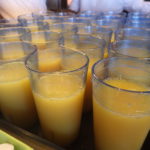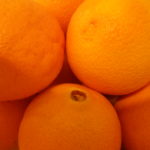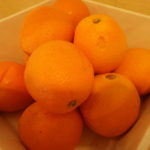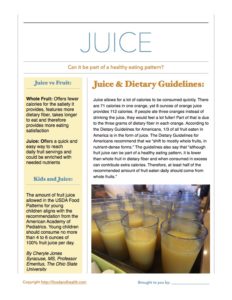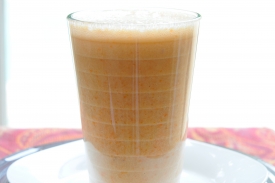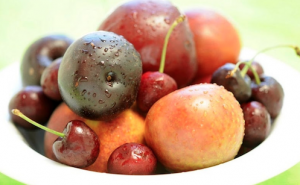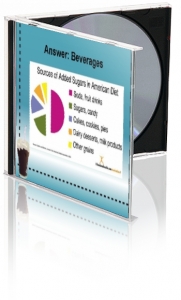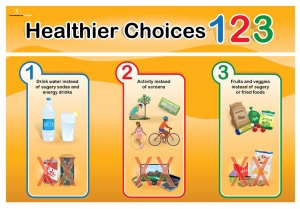One of our Food and Health Communications team members is expecting her first baby in the next few months, and we all have babies on the brain! Mom’s milk or formula will be the mainstay of baby’s diet for the first several months, but by four to six months, the baby’s energy needs may increase and solid foods may be recommended.
Don’t rush to add solid foods! Until this age, babies usually don’t have the control over their tongue and mouth muscles to enable them to safely eat solid foods.
Here are a few key points for keeping baby’s food safe:
- Never give babies dairy products made from raw or unpasteurized milk, as they may contain bacteria that could cause serious illness.
- Do not give honey to babies who are under a year old. This can put the baby at risk for botulism. This includes baked goods or other foods that contain honey,
- Don’t give babies raw or partially-cooked eggs. This includes soft-cooked eggs or poached eggs with “runny” yolks. The yolks and whites should be firm. Serve only the yolks to babies less than one year old, because egg whites may cause an allergic reaction.
- Don’t serve babies mixed-ingredient foods until they’ve had all the individual ingredients separately. This will help you to makes sure that they are not allergic to the individual foods. According to the American Academy of Pediatrics, it doesn’t matter what solid foods are offered first. Many doctors recommend cereals first and often suggest rice cereal because it is not likely to cause food allergies.
- Don’t give babies unpasteurized fruit juices.
- If heating baby food or milk in the microwave, make sure to stir it to ensure that there are no “hot spots” within the food so that you don’t burn the baby.
And here are a couple other basic thoughts on feeding baby:
- Do not allow food or formula to stay at room temperature for more than two hours. This is enough time for any bacteria that may be in that food to multiply to unhealthy levels. Start off with small amounts of solid foods and throw away any uneaten food from the baby’s dish — don’t save it for another meal.
- Remember, a baby’s immune system has not developed and they are more at risk for foodborne illness than older children or healthy adults.
By Cheryle Jones Syracuse, MS, Professor Emeritus at The Ohio State University
Here are some other wonderful resources for feeding babies, kids, and families…

0 to 5 Baby and Toddler Nutrition PowerPoint and Handout Lesson - DOWNLOAD
$39.00 $45.00
Add to Cart
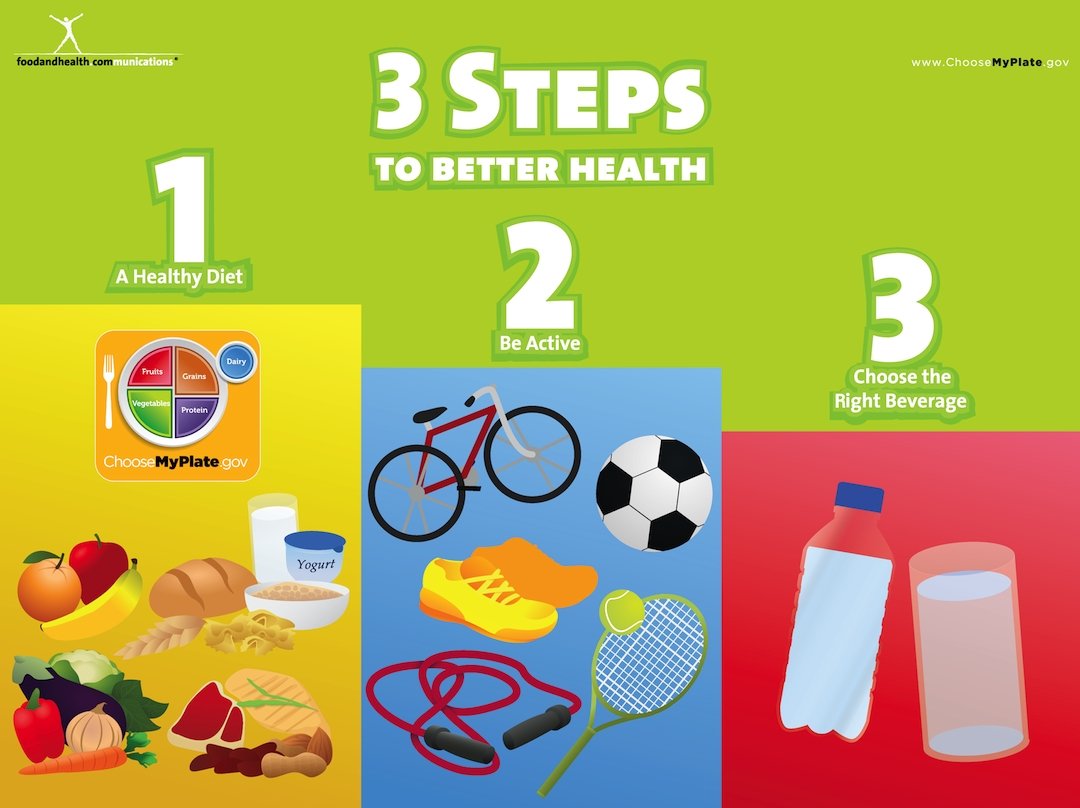
My Plate Kids and Family Banner - Health Fair Banner Featuring Choose MyPlate 48X36
$88.00 $110.00
Add to Cart
And here are a few more great options for Nutrition Month!

Choose Wisely Fruit and Vegetables on Forks Poster - Nutrition Poster - Motivational Poster
$22.75 $25.50
Add to Cart

What's On Your Fork? Bulletin Board Banner 24" x 24" Square Banner for Bulletin Boards, Walls, and More
$49.00 $0.00
Add to Cart

Fork Stickers 2" - Pack of 100
$12.99 $12.99
Add to Cart








